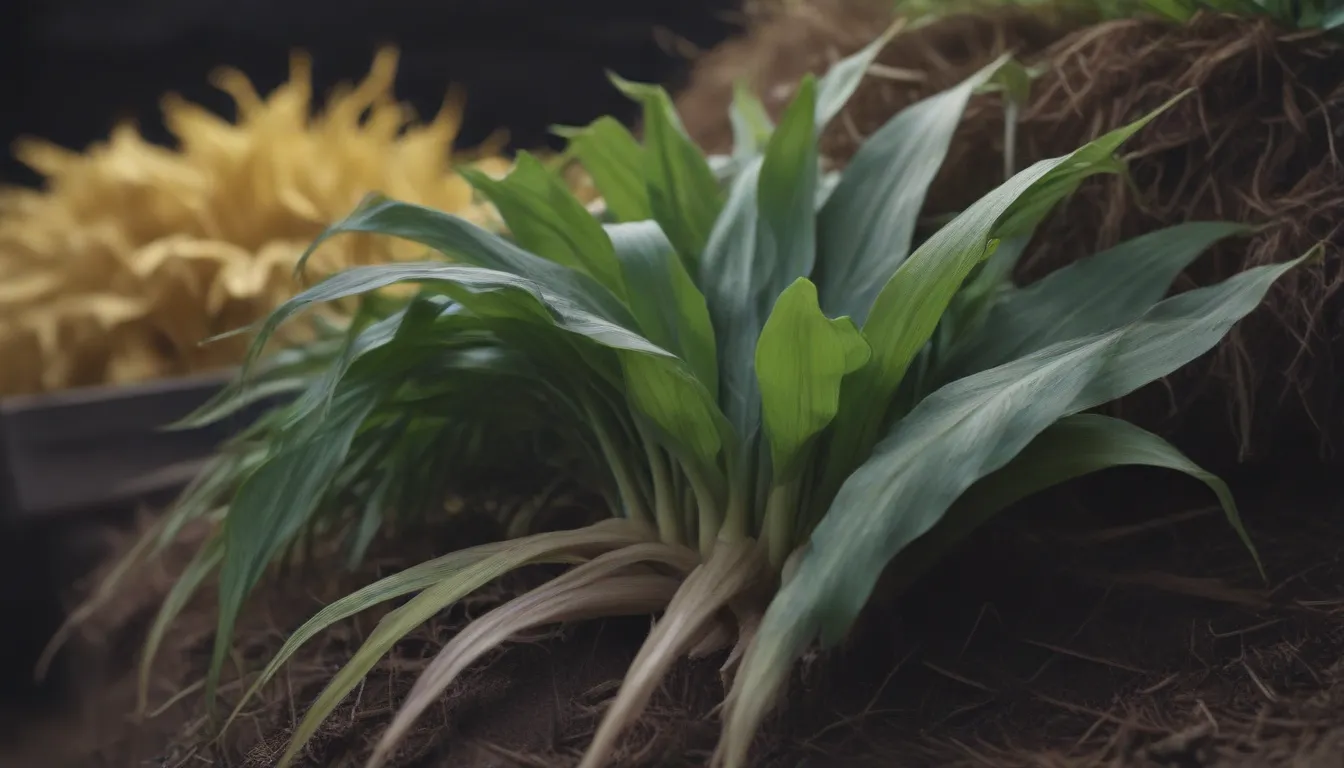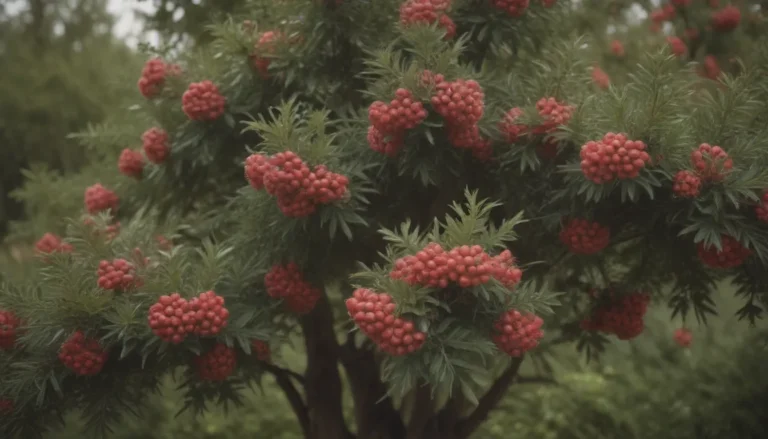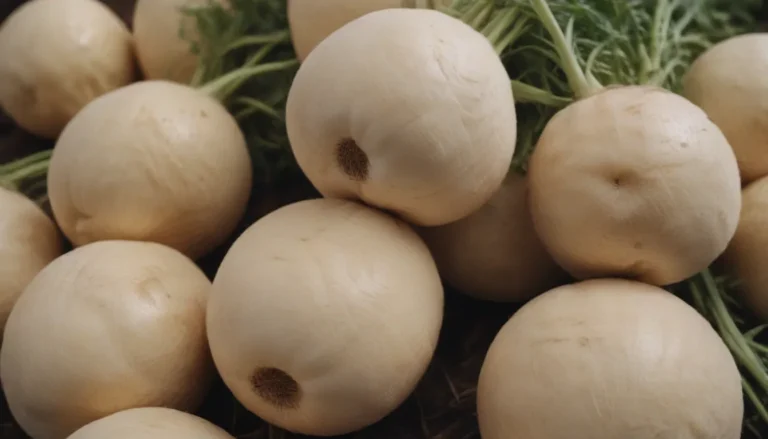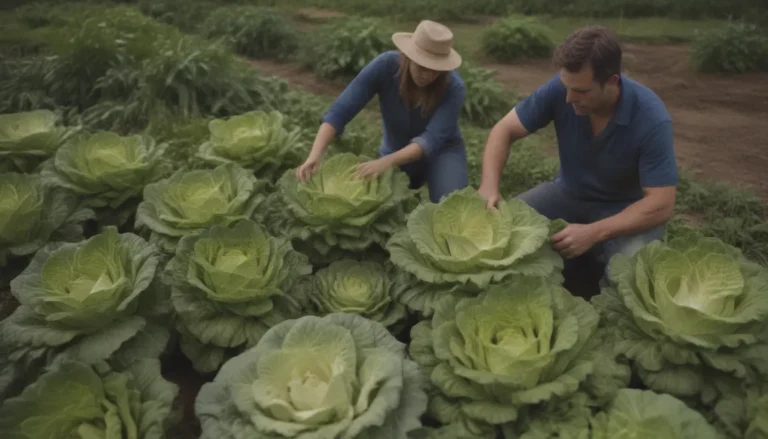The Ultimate Guide to Growing and Caring for Ramps

If you’re a fan of foraging or enjoy adding unique flavors to your dishes, you may have heard of ramps. Ramps, also known as wild leeks, are a native plant that can be found in the moist woodlands of the Appalachian mountain range in eastern North America. These small bulbs are slow to mature but are worth the wait, featuring pinkish-white flowers and a flavor that combines the best of spring onions and garlic.
In this comprehensive guide, we’ll walk you through everything you need to know about growing and caring for ramps in your own backyard or garden. From planting to harvesting, we’ve got you covered with valuable tips and information to help you successfully cultivate this flavorful plant.
How to Plant Ramps
Ramps can be planted as bulbs or seeds, depending on your preference. Here are some key considerations when it comes to planting ramps in your garden:
When to Plant
When it comes to planting ramps, timing is crucial. Bulbs should be planted from September to March, with the optimal time being February to mid-March. If you prefer planting seeds, late summer to early fall (August to early October) is the best time to do so. Ramps thrive in the early spring when the deciduous trees above have not yet leafed out, so timing your planting accordingly is essential.
Selecting a Planting Site
Choose a wooded area or shade garden with loamy soil that remains cool for the best results. Make sure the soil is well-draining and has a good amount of organic matter. Water the plants well and mulch the bed with shredded leaves or leaf mold to provide the ideal growing environment for your ramp colony.
Spacing, Depth, and Support
Whether you’re starting with transplants, bulbs, or seeds, proper spacing and planting depth are key. Be careful not to damage the roots or bulbs when planting, and make sure to space the plants about 4 to 6 inches apart to allow for spreading. If planting seeds, press them into the soil about 4 inches apart and cover them with an inch of damp leaves for optimal growth.
Ramp Care
Taking care of your ramp plants is essential for a successful harvest. Here are some tips on how to care for your ramps throughout the growing season:
Light
Ramps are woodland plants that prefer shade to partial shade, making them ideal for planting on the edge of a woodland or in a shaded area of your garden. Protect your ramps from the summer sun and heat to ensure they thrive.
Soil
To mimic their natural growing conditions, plant your ramps in moist, well-draining soil with a good amount of organic matter. Aim for a soil pH between 6.8 and 7.2 for optimal growth.
Water
While ramps like regular moisture, they do not do well in wet soils. Make sure to water your plants consistently, especially during the active growing season in spring.
Temperature and Humidity
Ramps prefer temperatures ranging from 45 to 65 degrees Fahrenheit during the day and 42 to 58 degrees Fahrenheit at night. They also thrive in humidity levels ranging from about 5 percent in late winter to above 60 percent in late spring.
Fertilizer
If your soil is rich in organic matter and has a neutral pH, your ramps may not need additional fertilizer. However, if your soil conditions are poor, consider supplementing with nutrients like calcium and magnesium to promote healthy growth.
Pollination
Bees and flies play a vital role in pollinating ramp flowers, helping them produce berries that drop in the summer. Ensure a healthy population of pollinators in your garden to support your ramp plants.
Types of Ramps
There are several types of ramps, including Allium tricoccum, Allium burdickii, and Allium ursinum. Each variety has its own unique characteristics and flavors, so experiment with different types to find your favorite.
Harvesting
Harvesting ramps can be a rewarding experience, but it’s essential to do so responsibly to ensure the longevity of your ramp colony. Here are some tips on how to harvest ramps:
- Wait a few years for your ramp colony to spread before harvesting.
- Harvest by thinning out the largest plants, being careful not to damage neighboring plants.
- To store ramps, wash off the dirt, wrap them in a damp paper towel, and store them in the crisper drawer of your refrigerator. You can also blanch, freeze, pickle, or dehydrate them for longer-term storage.
How to Grow Ramps in Pots
If you’re limited on space or prefer container gardening, you can also grow ramps in pots or shallow raised beds. Here’s how to grow ramps in containers:
- Plant bulbs, seeds, or transplants about 4 inches apart in a pot with good drainage.
- Provide ample light, water, nutrients, and temperature to support ramp growth.
- Mimic their natural habitat by adding a layer of leaf mulch to the top of the soil.
Pruning
To keep your ramp colony healthy and thriving, make sure to remove weeds that compete with ramps for nutrients and space. You can also prune your plants by deadheading flowers or collecting scapes to prevent overcrowding.
Propagating Ramps
Ramps can be propagated through bare root bulbs, seeds, or by dividing existing colonies. Here’s how to propagate ramps:
- Divide an existing colony and plant bulbs to expand your ramp population.
- Follow the same planting guidelines for bulbs and seeds to ensure successful propagation.
How to Grow Ramps From Seed
Growing ramps from seed can take time and patience, as the seed embryo may remain dormant until the right conditions are met. Here’s how to grow ramps from seed:
- Sow ramp seeds in late summer to early fall for optimal germination.
- Provide warm and cold stratification to break seed dormancy and encourage germination.
Overwintering
Ramps require a winter season to enable germination and shoot dormancy. Since their temperature and moisture needs are specific, it may take several seasons before ramp seeds sprout. Provide adequate protection for your ramp plants during the winter months to support healthy growth.
Common Pests and Plant Diseases
While ramps are relatively resilient to pests and diseases, there are a few things to watch out for, including septoria leaf spot and allium leaf miner. Here are some tips on preventing and managing common ramp pests and diseases:
- Avoid watering from above to prevent leaf spot.
- Use natural methods or insecticidal control to manage pests like aphids and caterpillars.
- Consider using floating row covers to protect your plants from allium leaf miners.
In conclusion, growing and caring for ramps can be a rewarding experience for any gardener or forager. By following the tips and guidelines outlined in this article, you’ll be well-equipped to cultivate a thriving ramp colony in your own backyard or garden. Whether you’re a seasoned gardener or a novice plant enthusiast, ramps are a unique and flavorful addition to any garden.
So, why not give ramps a try in your garden this season? Happy gardening!





